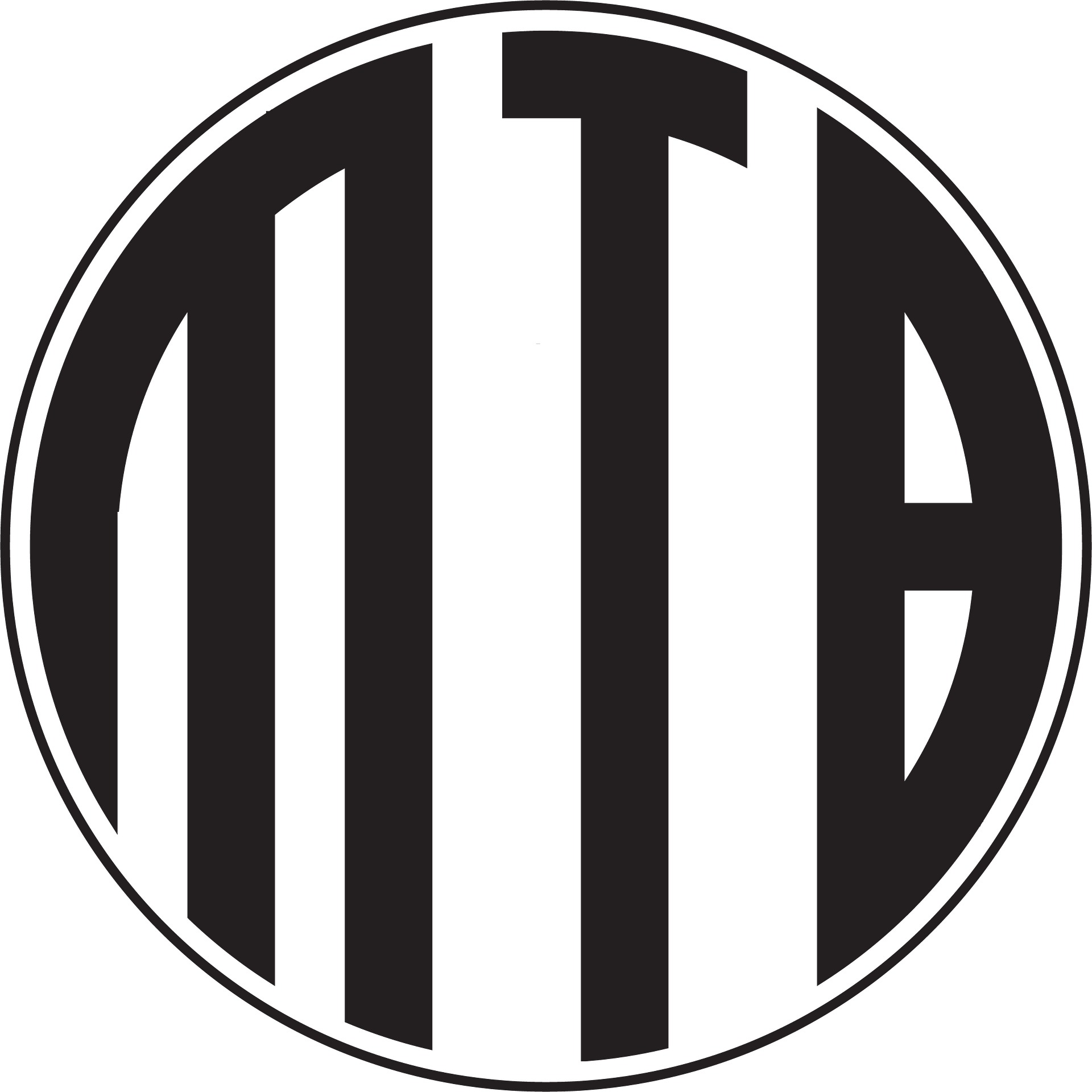In today’s fast-paced digital world, efficiency is key. Email automation sequences are your secret weapon for nurturing leads, engaging customers, and driving sales—all while you focus on other crucial aspects of your business. These automated workflows send targeted emails to specific segments of your audience based on predefined triggers and timelines. If you’re not leveraging email automation, you’re likely leaving valuable opportunities on the table. Let’s explore five essential email automation sequences that can significantly benefit almost any business.
Why Email Automation is a Game-Changer:
- Saves Time and Resources: Automate repetitive tasks, freeing up your team for more strategic initiatives.
- Improved Lead Nurturing: Guide potential customers through the sales funnel with timely and relevant information.
- Enhanced Customer Engagement: Deliver personalized and valuable content that keeps your audience connected.
- Increased Sales and Conversions: Drive conversions by sending targeted offers and reminders at the right moments.
- Scalability: Reach and engage with a growing audience without a proportional increase in manual effort.
The 5 Essential Email Automation Sequences:
1. The Welcome Series:
- Trigger: A new subscriber joins your email list (e.g., through a website form, lead magnet download).
- Purpose: Introduce your brand, build rapport, and set expectations.
- Content Ideas:
- Email 1: Warm welcome, thank them for subscribing, briefly introduce your brand and its values.
- Email 2: Deliver the promised lead magnet or valuable introductory content.
- Email 3: Highlight your key products/services and their benefits.
- Email 4: Share social media links and encourage further engagement.
- Email 5 (Optional): Offer a special introductory discount or incentive.
2. The Lead Nurturing Sequence:
- Trigger: A lead shows interest in a specific product/service or downloads a specific resource.
- Purpose: Educate leads, address their pain points, and guide them towards a purchase.
- Content Ideas:
- Email 1: Acknowledge their interest and provide more in-depth information about the topic.
- Email 2: Showcase case studies or testimonials related to the product/service.
- Email 3: Address common questions and concerns.
- Email 4: Offer a limited-time discount or a free consultation.
- Email 5 (Optional): Share a final reminder or a valuable piece of related content.
3. The Post-Purchase/Service Follow-Up:
- Trigger: A customer completes a purchase or receives a service.
- Purpose: Thank the customer, ensure satisfaction, and encourage repeat business.
- Content Ideas:
- Email 1: Thank you message, confirmation of purchase/service, and relevant information (e.g., care instructions).
- Email 2: Request feedback or a review of their experience.
- Email 3: Offer related products or services they might be interested in.
- Email 4 (Optional): Share a loyalty reward or a special offer for their next purchase/booking.
4. The Abandoned Cart Recovery Sequence:
- Trigger: A user adds items to their online cart but doesn’t complete the purchase.
- Purpose: Remind users about their abandoned items and encourage them to complete their order.
- Content Ideas:
- Email 1 (Gentle Reminder): Remind them about the items left in their cart and provide a direct link back to their cart.
- Email 2 (Offer Assistance): Ask if they encountered any issues during checkout and offer support.
- Email 3 (Limited-Time Incentive – Optional): Offer a small discount or free shipping to encourage completion.
5. The Re-engagement Sequence:
- Trigger: Subscribers who haven’t engaged with your emails or website in a significant period.
- Purpose: Re-ignite their interest and prevent them from unsubscribing.
- Content Ideas:
- Email 1: Friendly check-in, highlight recent valuable content or offers they might have missed.
- Email 2: Ask for their preferences to ensure you’re sending relevant information.
- Email 3: Offer a compelling reason to stay subscribed (e.g., exclusive content, special discounts).
- Email 4 (Last Resort): A “we miss you” message with a clear option to unsubscribe.
Getting Started with Email Automation:
- Choose an Email Marketing Platform: Select a platform that offers automation features (e.g., Mailchimp, Klaviyo, ActiveCampaign).
- Define Your Goals: Determine what you want to achieve with each automation sequence.
- Map Your Customer Journey: Understand the different stages your customers go through.
- Create Compelling Content: Craft engaging and valuable emails for each stage.
- Set Up Your Triggers and Timelines: Define when and how each email in the sequence will be sent.
- Test and Iterate: Monitor the performance of your automation sequences and make adjustments as needed.
Conclusion:
Implementing these five essential email automation sequences can significantly streamline your marketing efforts, improve customer relationships, and ultimately drive growth for your business. By delivering the right message to the right person at the right time, you can turn leads into loyal customers and maximize your marketing ROI.
Ready to supercharge your marketing with email automation? Contact MTB Digital today for a free consultation and let us help you set up effective automation sequences for your business.

